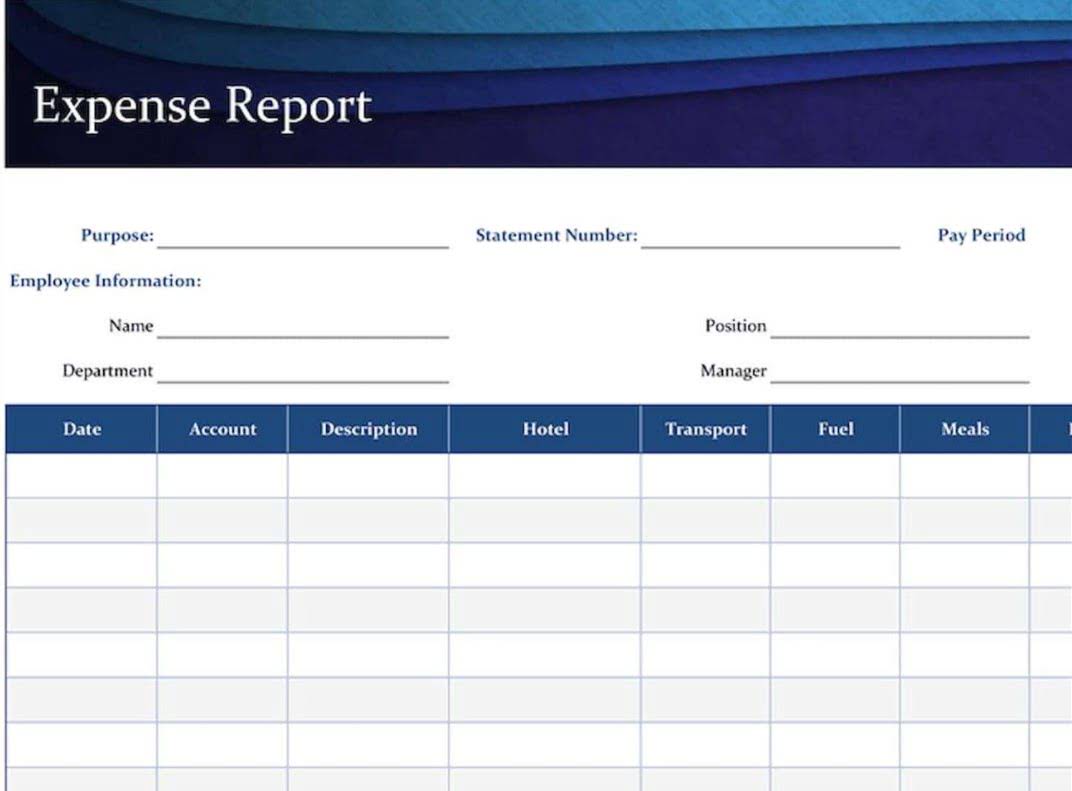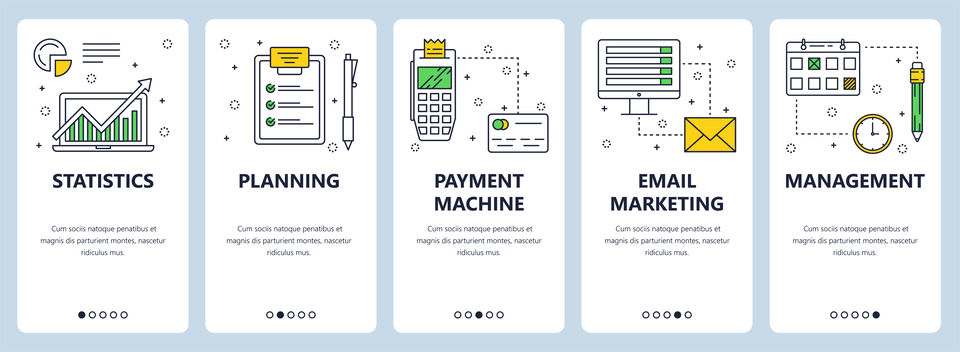
Encumbrance fixed assets or commitment accounting is the process of accounting for and setting aside funds for future expenses that are yet to be paid. These expenses are recorded in the general ledger as a transaction to the encumbrance account. Once the invoice has been received or paid, the money is transferred to the accounts payable account or vendor’s bank account in the general ledger. Encumbrance accounting is also referred to as commitment accounting, which involves setting aside money ahead of time to meet anticipated expenses. The amount is set aside by recording a reserve for encumbrance account in the general ledger. This is to ensure that the organization has sufficient funds to meet anticipated payment obligations.
Reporting Tools for Encumbrances:
- Encumbrance accounting helps them reduce maverick spending and improve spend management, minimizing leakage of cost savings.
- Encumbrance data enables budgetary control, letting your company better understand where they are financially at any given time.
- By successfully implementing encumbrance accounting, organizations can benefit from better financial management, enhanced budget control, and more accurate cash flow predictions.
- The companies track and analyze differences as favorable and unfavorable variances.
- Your reserve funds should be treated as if they don’t exist, and only dipped into for approved purchases or expenses.
- Encumbrance accounting has many benefits for a company, including better visibility, improved expenditure control, and more precise analysis.
From the setup of a more precise budget amount to avoiding red spending flags, encumbrance accounting can help your company have more accurate and helpful general book sets. Encumbrance accounting helps your company with budget visibility and analysis by recording planned future payments. Rather than just looking at current transactions, this type of accounting encourages tracking upcoming expenses to help show a more detailed view of your cash flow.

The Best Small Business Accounting Software in 2025

She is a former CFO for fast-growing tech companies with Deloitte audit experience. When she’s not writing, Barbara likes to research public companies and play Pickleball, Texas Hold ‘em poker, bridge, and Mah Jongg. A business or government can encumber funds in several ways and for several reasons. It’s then automatically sent to the department head and anyone else who must approve the purchase based on the approval workflow encumbrance accounting rules and thresholds that have been set up in the PLANERGY system.

What features should nonprofits look for in encumbrance accounting software?
To understand encumbrance accounting, it is essential to define what an encumbrance is. An encumbrance is a binding agreement or commitment to use a certain amount of funds for a specific purpose, such as a contract or grant. This binding agreement creates a liability or commitment that must be recorded on the organization’s balance sheet. Pre-encumbrances allow departments to further commit funds to facilitate financial management and are coded with balance type code PE. By carefully and accurately tracking your encumbrance amounts, you also increase spending visibility. It reduces unnecessary spending when tracked Legal E-Billing this way and can help catch any fraudulent purchases more quickly.
This results in a credit of the invoice amount to the encumbrance account, reducing its balance. Encumbrance entries are primarily recorded to monitor expenditures and to ensure that the allocated budget is not exceeded. While appropriations are money set aside for budgetary line items, encumbrances are reserves for a specific item. When you need to allot money for a future payment, such as when a purchase order is approved, the encumbrance account is debited. Encumbrance accounting helps companies track their budget and catch overspending in any category.

- Are you interested in finding out more about how automation can empower your team and increase your visibility and expenditure control?
- The purpose and main benefit of encumbrance accounting is avoiding budget overspending, by showing open commitments as part of projected expenses.
- When your analysis is more precise, your estimated cash outflow will reflect your company’s position more truly.
- It is essential for transparency, accountability, and compliance with regulatory requirements.
- In the second step, the items are unencumbered once they’ve been transferred to accounts payable.
Routable wants to enable you to grow into the future, which is why we have a sophisticated API for any bulk processing. Once both the purchase requisition and the vendor approve the pricing and order details, the pre-encumbrance phase evolves into the encumbrance phase. Now finalized numbers are in place, and there is a legal obligation to make the payment. This phase is recorded in the general ledger when using encumbrance accounting, even if you did not use the pre-encumbrance stage. Encumbrances are payment commitments owed to a company’s vendor or creditors for goods and services that have not been received yet. The company has set aside this amount, but hasn't been paid yet as the goods or services haven’t been supplied.

